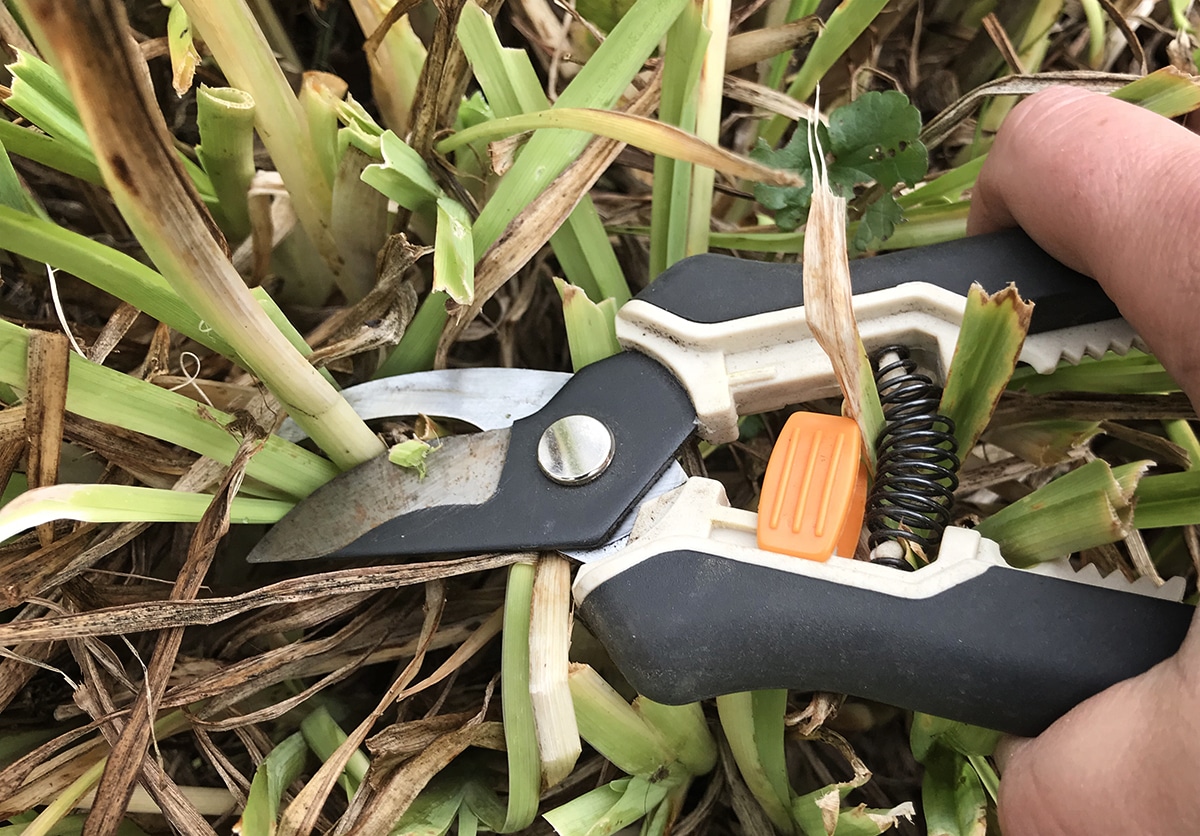Trim back perennials that need shaping or deadheading

Trimming back perennials can be a gratifying task for any gardener looking to rejuvenate their garden and encourage healthy growth. Perennials, with their enduring nature, benefit greatly from periodic trimming, especially for shaping or deadheading purposes. Here’s a closer look at why and how to trim back perennials effectively.
Why Trim Back Perennials?
Trimming back perennials serves several essential purposes. Firstly, it promotes new growth by removing old or spent flowers. Deadheading, or the removal of faded blooms, prevents the plant from expending energy on seed production and encourages it to redirect its resources into producing more flowers or foliage. This process extends the flowering period, keeping your garden vibrant for longer.
Additionally, trimming helps maintain the overall shape and appearance of the plant. Perennials can sometimes become leggy or overgrown, detracting from their aesthetic appeal. By selectively pruning stems and branches, you can encourage a bushier, more compact growth habit, ensuring your garden looks neat and well-maintained.
When to Trim Back Perennials
The timing of trimming back perennials depends on the specific plant and its flowering cycle. As a general rule, deadheading should be done regularly throughout the growing season as flowers fade. This prevents the plant from wasting energy on seed production and encourages continuous blooming.
For shaping purposes, the best time to trim back perennials is often in early spring or late fall, depending on the plant's growth habits and flowering times. Spring trimming stimulates new growth, while fall trimming can help tidy up the garden before winter sets in.
How to Trim Back Perennials
Identify Dead or Faded Blooms: Regularly inspect your perennials for spent flowers that need deadheading. Use sharp pruning shears or scissors to snip off the faded blooms just above a set of healthy leaves or buds.
Shape and Prune: To shape overgrown perennials, selectively prune stems and branches to encourage a more compact form. Remove any dead, damaged, or diseased parts of the plant to promote overall health and vigor.
Consider Plant Needs: Different perennials may require specific trimming techniques. Research the optimal pruning methods for each plant species to ensure you're trimming correctly.
By trimming back perennials when needed, you not only enhance the beauty of your garden but also promote healthier, more robust plants. It's a simple yet rewarding task that can make a significant difference in your garden's overall appearance and vitality.
MEASURE MY LAWN ONLINE
WANT A GUIDELINE PRICE?
Get an indicative price to cut your lawn without even stepping outside to measure your lawn.
ONLINE PRICE CALCULATOR